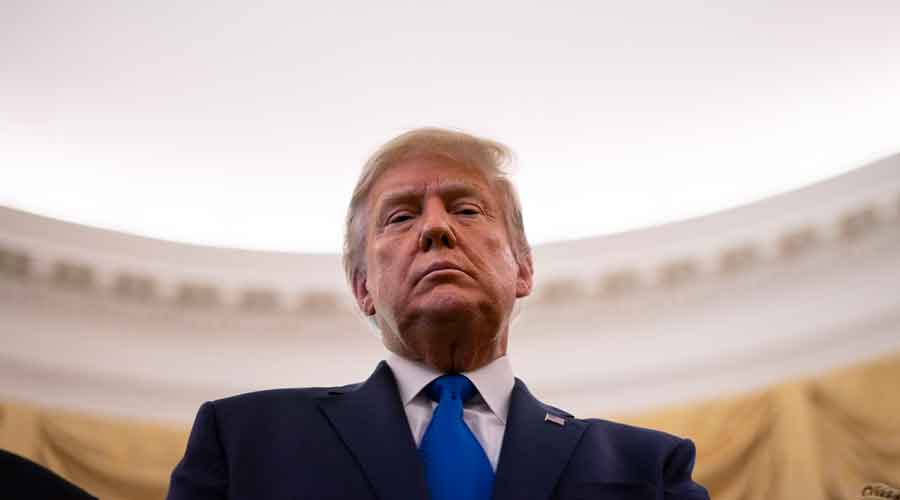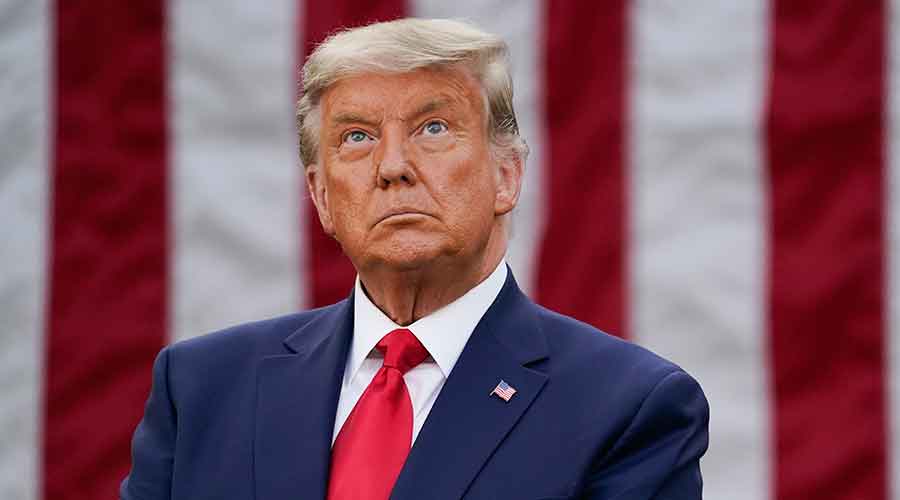With the rap of a gavel amid the echoes of history, the United States Senate opened its second impeachment trial of former President Donald J. Trump on Tuesday in a showdown that will test the boundaries of the Constitution after last month’s deadly assault on the Capitol by a mob of Trump supporters.
The House managers, as the prosecutors are called, marched into the Senate chamber shortly before 1pm and took position on one side of the rostrum while defence lawyers representing Trump assembled on the other side.
Senator Patrick J. Leahy, Senate president pro tempore, was presiding after Chief Justice John G. Roberts Jr and Vice-President Kamala Harris passed on assuming the role.
The players in the trial gathered in the crime scene itself, conducting the proceeding in the same chamber occupied on January 6 by extremist Trump supporters who forced senators to evacuate in the middle of counting the Electoral College votes ratifying President Biden’s victory over Trump.
Unlike previous impeachment trials, the jurors were witnesses to the events at issue as they weigh whether Trump incited an insurrection.
In its first order of business, the Senate approved the rules for the trial as brokered by Democratic and Republican leaders, laying out the procedures for a political and legal confrontation expected to play out over the next week.
The vote was 89 to 11, with Trump’s most vocal Republican supporters opposing the rules even though they had been agreed to by Senator Mitch McConnell of Kentucky and other party leaders.
From there, the two opposing camps opened four hours of arguments over whether the trial itself was constitutional given that Trump had already left office and was now a private citizen living in semi-seclusion in Florida. Assuming the Senate votes that the trial is in order, the prosecution will open its case on Wednesday.











